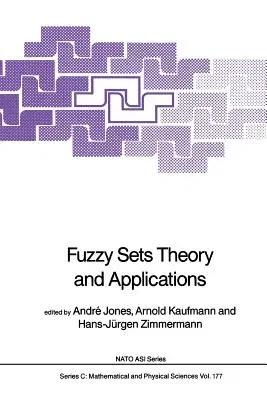Fuzzy Sets Theory and Applications (Softcover Reprint of the Original 1st 1986)Paperback - Softcover Reprint of the Original 1st 1986, 5 October 2011

Qty
1
Turbo
Ships in 2 - 3 days
In Stock
Free Delivery
Cash on Delivery
15 Days
Free Returns
Secure Checkout
Part of Series
NATO Science Series C:
Part of Series
NATO Science Series C: (Closed)
Print Length
403 pages
Language
English
Publisher
Springer
Date Published
5 Oct 2011
ISBN-10
9401085811
ISBN-13
9789401085816
Description
Product Details
Book Edition:
Softcover Reprint of the Original 1st 1986
Book Format:
Paperback
Country of Origin:
NL
Date Published:
5 October 2011
Dimensions:
23.39 x
15.6 x
2.18 cm
ISBN-10:
9401085811
ISBN-13:
9789401085816
Language:
English
Location:
Dordrecht
Pages:
403
Publisher:
Weight:
585.13 gm

